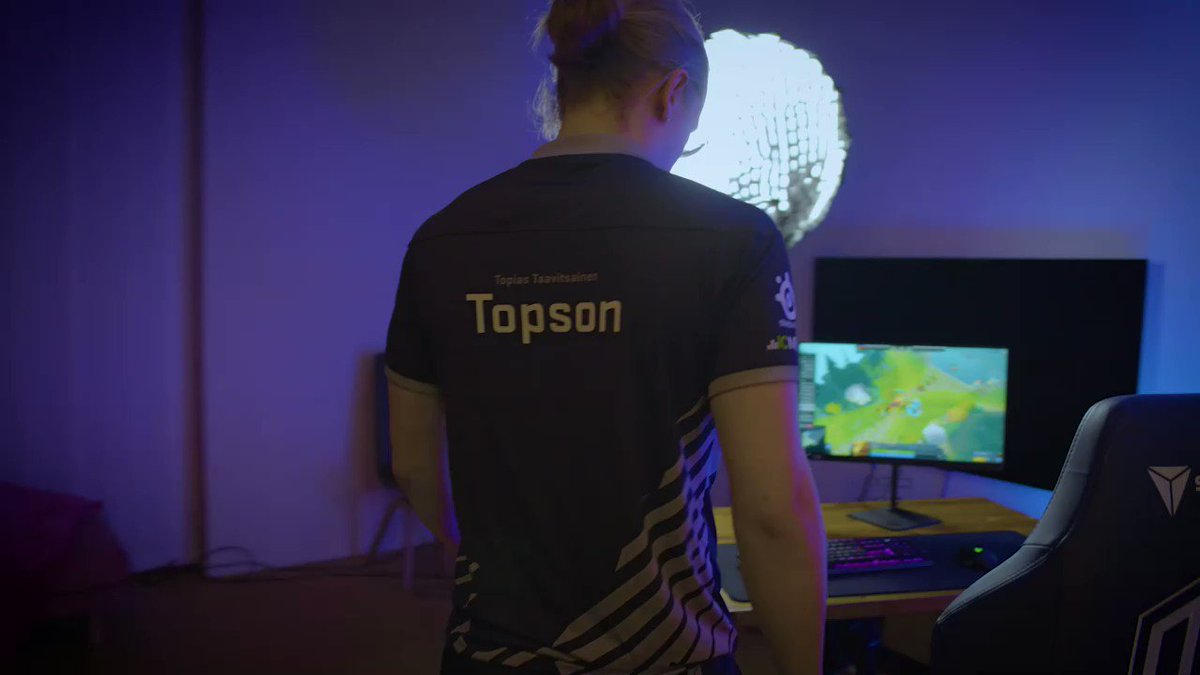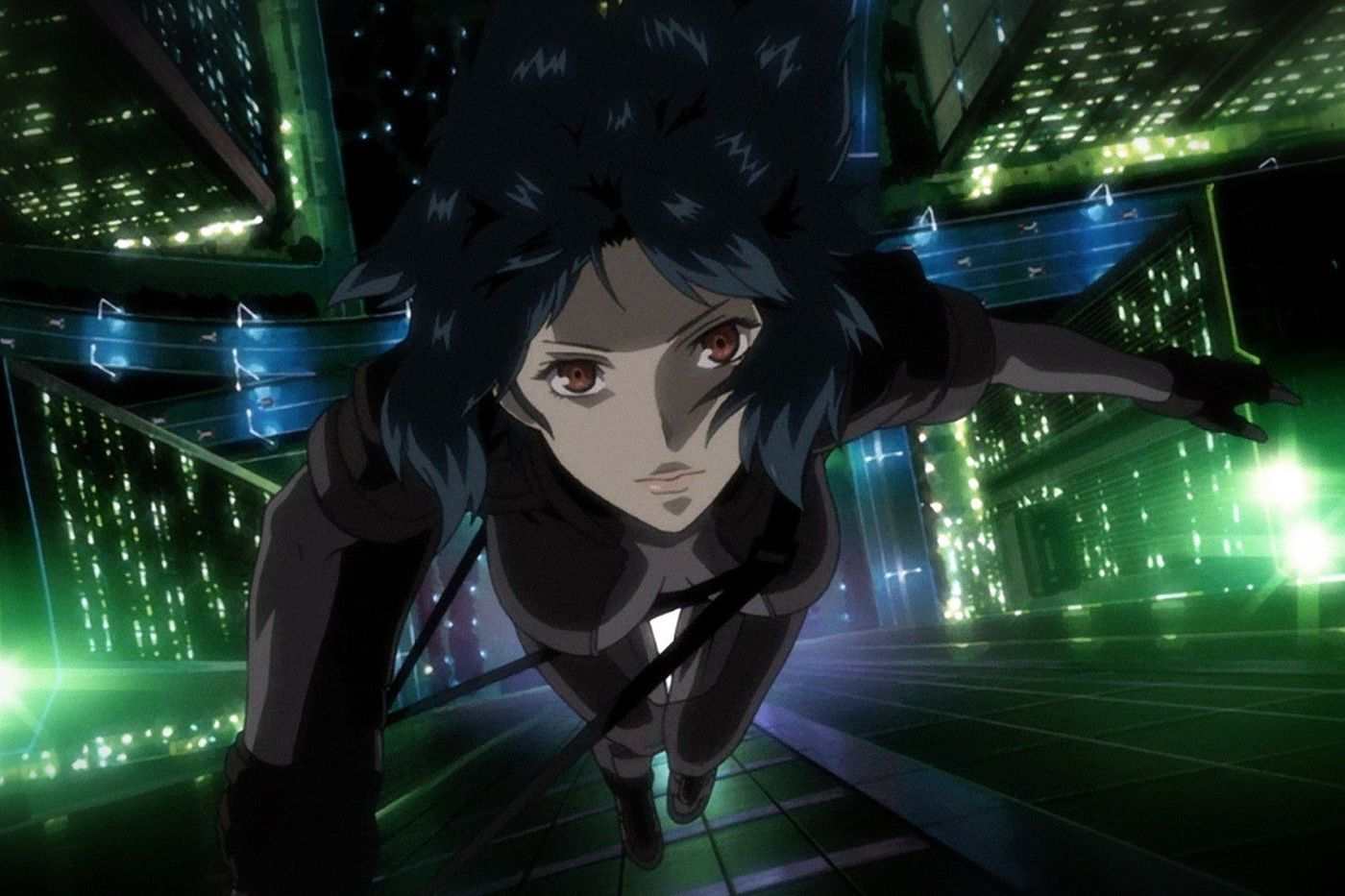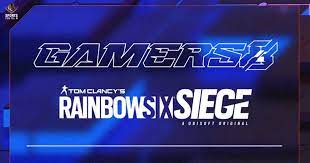Top 6 Villains In FPS Games: Diving into Gaming’s Dark Narratives
First-person shooter (FPS) games, the adrenaline-packed rides of the gaming world, aren’t just about shooting targets. They’re a rollercoaster of action, strategy, and, more importantly, a damn good villain. Let’s dive into the depths of these digital baddies and unravel what makes them unforgettable.
6. Handsome Jack – Borderlands 2
Handsome Jack, the flashy baddie in Borderlands 2, isn’t your run-of-the-mill villain. He kicks things off with a bang, bringing a mix of boundless energy and brutal humor to the table. What’s intriguing about Jack is how he messes with players’ emotions—making you hate him for his deeds while secretly enjoying his charismatic insanity. Jack’s talent for switching between cruelty and humor paints him as one of the most memorable FPS villains.
5. Alma Wade – F.E.A.R.
Meet Alma Wade, the spookster from the F.E.A.R. franchise. She’s not your typical horror game antagonist; her journey from experimented-upon child to psychic vengeful force adds layers to her character. Alma’s psychic shenanigans and mind games create a perpetual tension, making F.E.A.R. more than just a shoot-’em-up. Unraveling her disturbing past blurs the line between fear and empathy, making Alma a psychologically intriguing FPS villain.
4. Adam Smasher – Cyberpunk 2077
In Cyberpunk 2077, enter Adam Smasher—a physically imposing, morally repugnant bad guy. His first encounter with Evelyn Parker leaves an imprint of his disturbing presence. While not the star of the show, Smasher’s role in Johnny Silverhand’s downfall and his colorful language add spice to his character. The clash between his imposing aura and the underwhelming boss fight keeps players on their toes, adding a dash of unpredictability to Smasher’s villainy.
3. Andrew Ryan – Bioshock
Andrew Ryan, the brain behind Rapture in Bioshock, isn’t your average FPS villain. He brings a philosophical twist to the usual shoot-’em-up narrative. His famous quote, “A man chooses, a slave obeys,” sets the tone for Bioshock’s exploration of choice and control. Ryan’s sneaky methods and constant manipulation make him more than a physical adversary. As you navigate the underwater city, choices become crucial, turning Andrew Ryan into a thought-provoking FPS villain.
2. Vladimir Makarov – Call of Duty: Modern Warfare 3 (2011)
Vladimir Makarov in the Call of Duty series isn’t just a villain; he’s a puppet master orchestrating chaos on a global scale. His intelligence and involvement in the controversial “No Russian” mission add layers to his character. Makarov’s ability to manipulate events, leading to Soap’s demise, makes him a formidable and morally ambiguous antagonist. The intricate web of Makarov’s schemes weaves a compelling narrative, creating a memorable FPS villain.
1. Vaas Montenegro – Far Cry 3
Vaas Montenegro from Far Cry 3 isn’t just a villain; he’s a legend in the gaming world. Michael Mando’s performance breathes life into Vaas, infusing the character with wild unpredictability. The iconic line, “Have I ever told you the definition of insanity?” captures the essence of Vaas’s enigmatic persona. Despite limited screen time, Vaas steals every scene, leaving an indelible mark on the gaming community. His return in Far Cry 6’s Vaas: Insanity DLC is a testament to the enduring legacy of this iconic FPS villain.
In the vast landscape of FPS games, these villains aren’t just adversaries; they’re the narrative glue that enhances the gaming experience. Alma’s psychological complexity, Andrew Ryan’s philosophical intrigue, and Vaas Montenegro’s chaotic unpredictability—all contribute to the immersive nature of FPS narratives.
Beyond their individual traits, these villains collectively showcase the evolving storytelling in FPS games. As the gaming industry pushes boundaries, FPS narratives transform from simple shooting galleries to intricate tales woven with complex characters and moral dilemmas. The impact of these villains extends beyond the gaming world, sparking discussions on morality, choice, and the immersive potential of interactive storytelling.
As players embark on FPS adventures, they aren’t just dodging bullets and defeating enemies; they’re navigating the intricate minds of unforgettable villains. The legacy of these characters lies not just in the virtual victories but in the lingering thoughts and emotions they leave imprinted on the gaming experience.
Unravel the complexities, face the fears, and embrace the narratives—FPS gaming isn’t just about shooting; it’s about the profound stories told through the lens of unforgettable villains.






















